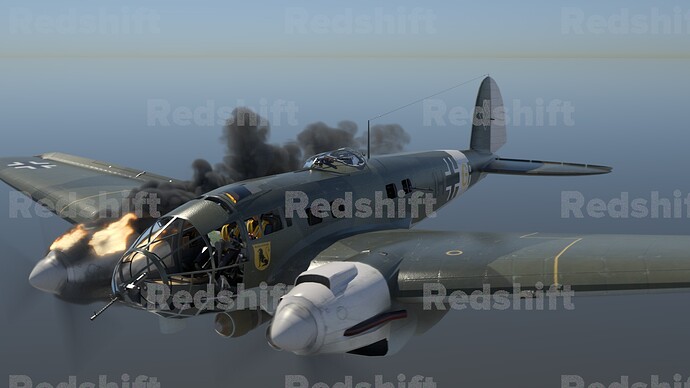Not too bad…default MB of 1 renders at 47secs but is too weak…MB set at 10 only raises the render to 1.17. Note the MB for the TFD is set separately from the overall MB. Note the fire seems to have gained detail. I am still gingerly feeling my way around RS… l will try a full render and see how it comes out. I really need to get a handle on how to render out the TFD and beauty as AOV’s and composite. This is easy i AR but I find AOVs rather daunting

